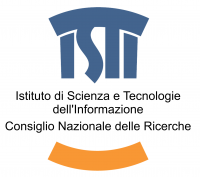José María Martín Civantos, Alexandra Chavarría Arnau
Historical cities are probably the most important archaeological elements in terms of data volume and socioeconomic impact of the discipline. Hundreds of interventions have been done in most cities across the world. Most of them have been rescue excavations or directly related to restoration processes of still standing historical buildings. Many times this kind of Archaeology has been criticized because of the incapacity to produce scientific knowledge or interpret the sites in historical terms. Cities become a very complicated place to work also because of the huge amount of data and its heterogeneous nature.
Try to manage and use the enormous potential of cities as archaeological sites is probably one of the most interesting challenges of the future: rescue all the old information, read the building stratigraphy, join all the interventions, manage different kind of data, reinterpret historical processes and, finally try to communicate and disseminate the results, involving local communities and giving a real sense to the archaeological practice.
There are many examples of good practices in historical cities. Most of them have a common element: the use of computer applications as an essential part of the archaeological practice in collecting, managing, analysing, disseminating and protecting the archaeological heritage. These applications are based mainly in the use of BD, GIS, graphic documentation and internet. They also have another common place: complexity as a handicap, but also as a necessary framework to understand the historical evolution of cities. Our session interest mainly how we can manage this complexity and how different experiences around the world have been able to solve part of the problems that historical cities lay out.


